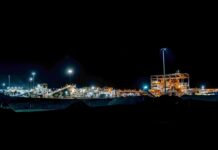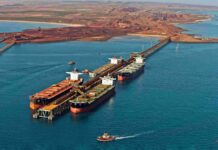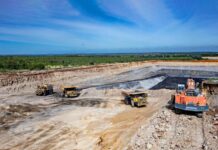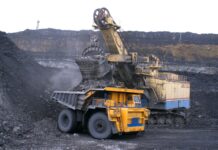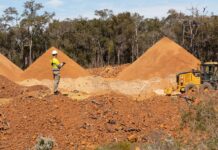IGO shifts focus to lithium among uncertainty in markets
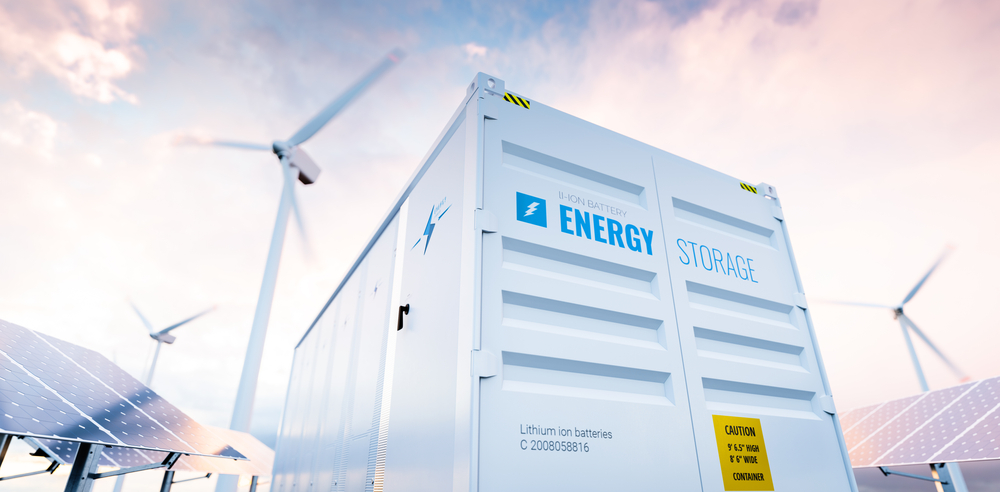
IGO (ASX: IGO) will focus heavily on its lithium business, embracing expected volatility in the market as demand and supply imbalances play out.
Presenting at the company’s 2024 Strategy Day, IGO managing director and chief executive Ivan Vella says the global energy transition is happening, with electrification at its core.
“To drive the transition, the world is going to need to discover and deliver a lot more battery materials,” he said.
“This is where IGO has a significant role to play.
“Under our new strategy, IGO will focus on upstream mining, where we can leverage our existing skills and capabilities to generate the most value through the cycle.
“We intend to build out a diversified portfolio with exploration, development and operating assets in lithium via our joint venture and copper and/or nickel.
“We also see a substantial opportunity in developing commercial capability in lithium.”
Electric vehicle transition
This renewed focus is largely motivated by dynamics in the energy storage and battery materials industries which underscore the transition to electric vehicles (EVs).
“The opportunity that this transition presents, particularly in battery materials in our view is still very attractive,” Mr Vella says.
“Nickel, copper and lithium are standouts in this segment.
“We did take the time to look at other commodities and think about whether there’s opportunity there we need to realise and whether there’s strengths that we have that would play well into those commodities.
“Our conclusion is not to exclude them completely but to focus heavily on the three big value poles where we think we can generate the most impact.”
Mr Vella cites Australia’s maturing EV industry as a catalyst for this shift.
“[We are in a phase now] where capacity is in excess of demand and there’s more selective consumers,” he said.
“The most important phase [is the next phase], where EVs on all major metrics outstrip the internal combustion engine vehicles (ICEs).
“I think China is largely there.
“If we look at the product [China is] producing on the basis of cost, performance, features and support, they’re producing a great product and they’re getting great take up.
“The market is evolving very quickly and there’s a lot of incentives and subsidies supporting the industry.
“Once an economy reaches that phase, we start to see more predictable adoption.
“Most of the world is not in that place, hence why we don’t have that same level of confidence or ability to forecast the adoption, but that’s not to say that people aren’t going to move through that phase.”
In order for Australia to get to the next phase, material drivers of growth are needed to sustainably alter EV industry economics.
“We don’t think that subsidies and tariffs are going to be sufficient to change industry economics,” Mr Vella says.
“For the business that we are and the business that we are building this comes back to the resource, the mining technology and the basics of mining.”
Lithium
Lithium is an unparalleled commodity, critical to all major commercial EV battery chemistries.
Significant R&D means lithium is unlikely to be replaced.
Despite significant investment, the lithium industry will still need to scale substantially to meet supply demands.
“Lithium is a commodity that we think will be core to energy storage in the future,” Mr Vella says.
“The industry, we expect, will scale three times in the next decade or so.
“That translates roughly to 80 new projects unfunded each at 20,000tpy.
“We believe that lithium is going to be highly volatile through that cycle.
“There isn’t another commodity that I can think of that’s grown at multi or double-digit compound growth rates.
“The demand supply imbalances will play out and create volatility, so we need to recognise and embrace that.
“That will be the nature of the business that we are in for at least the next decade.”
Copper
Copper is fundamental to the energy transition, which will drive an increasing proportion of copper demand as electrification gathers pace, according to IGO.
According to the International Energy Forum, the EV industry will require significant volumes of copper, with 60kg required per EV on average.
“Copper is very important for the energy transition, it’s important for EVs and all the related infrastructure for EVs,” Mr Vella says.
“It’s attractive for us around diversification.
“We also recognise how hard it is to drive value here.”
According to IGO, years of underinvestment in new supply has led to expectations of material long-term market deficits for copper. This means the company will take a ‘smarter’ approach to its copper business.
Nickel
Nickel production in Indonesia has structurally changed the global market.
“Nickel is attractive, the growth story and demand is great, both the industrial demand and vehicles,” Mr Vella says.
“But of course, the world has changed in the recent past.
“The supply story out of Indonesia is very strong and the businesses that have developed there have very low costs and strong options to continue to grow.
“All of that creates a market which has some level of cap on it in our view and certainly to deliver attractive returns will be more difficult.”
Future projects will need to compete against the new industry cost structure — high quality resources will be key to winning in nickel, according to IGO.






